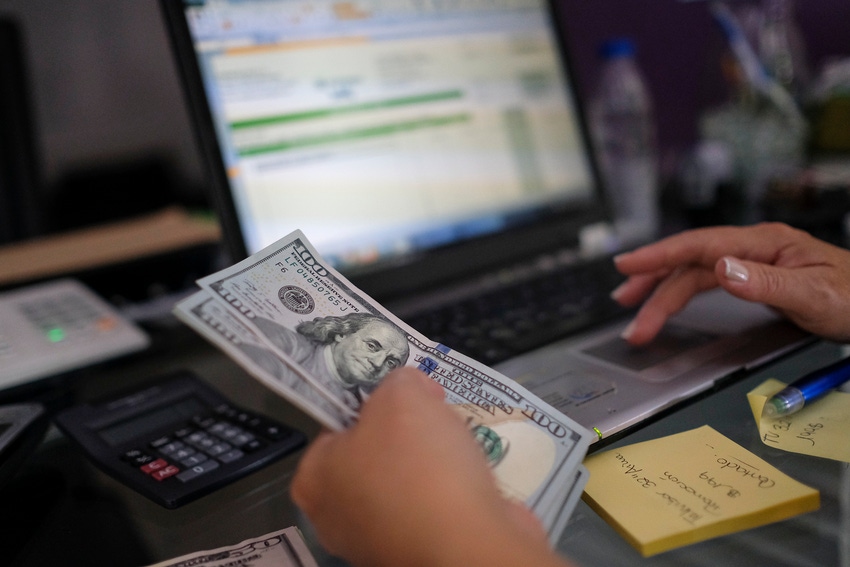
The U.S. general economy has established an all-time record for economic expansion at over 10 years and counting! The question now becomes how much “runway” exists and what are the telltale signs that the winning streak is nearing the end?
I am a numbers geek, but I also maintain contact with everyday people either to confirm or dispel the numbers. Let’s take a look at the dashboard economic indicators that I monitor and utilize in everyday business decisions.
Leading Economic Index (LEI)
Historically, the Leading Economic Index (LEI) is one of the favorite metrics to monitor the direction of the economy. This metric is comprised of 10 variables ranging from housing starts to the health of the stock market. Historically, this index has been quite predictive of the direction of the economy three to six months forward. To warn you as a reader, it has also predicted some recessions that have not occurred since the Great Depression. Why do the Federal Reserve policymakers watch these numbers published each month? If numbers appear to be going in an adverse direction, the Federal Reserve may ease monetary policy.
If the number is increasing, this is a positive sign of a strong economy in the future. However, if the number is down 0.30 percent for three consecutive months or one full point, the likelihood of a recession increases. So far, the LEI is still positive. However, in recent months the LEI has decreased by 0.30 percent. Keep a close eye on this metric going forward.
Purchasing Manager Index (PMI)
The Purchasing Manager Index (PMI) is another predictive measure used by many of the globe’s leading economies. This metric measures industrial and manufacturing activities. A number above 50 indicates an expanding economy. If the PMI is between 41 and 50, it indicates a slowing economy but is still above recessional rates. When the PMI falls below 41, the possibility of a future recession increases. Interestingly enough, the PMI in the U.S. has been above 50 for nearly three years while the PMI was below 50 in China and Europe in the fall of 2018. The Chinese recognized this reduction in the PMI in 2018 and offered stimulus during the first part of 2019 that brought Europe out of a slowdown as a result of their linkage to the Chinese economy. Recently, Europe’s PMI has slipped back below 50 again.
When both the LEI and PMI are moving in an adverse direction, historically a recession will occur in the next 36 months and in over 80 percent of the situations. For a producer or lender reading this column, these metrics can be the foreteller of the economy, the direction of interest rates, and the Federal Reserve policy. These factors can influence the value of the dollar and are important to bottom line profits for agricultural producers.
The opinions of Dr. David Kohl are not necessarily those of Corn and Soybean Digest or Farm Progress.
The source is solely responsible for the information provided and is wholly owned by the source. Informa Business Media and all its subsidiaries are not responsible for any of the content contained in this information asset.
About the Author(s)
You May Also Like






